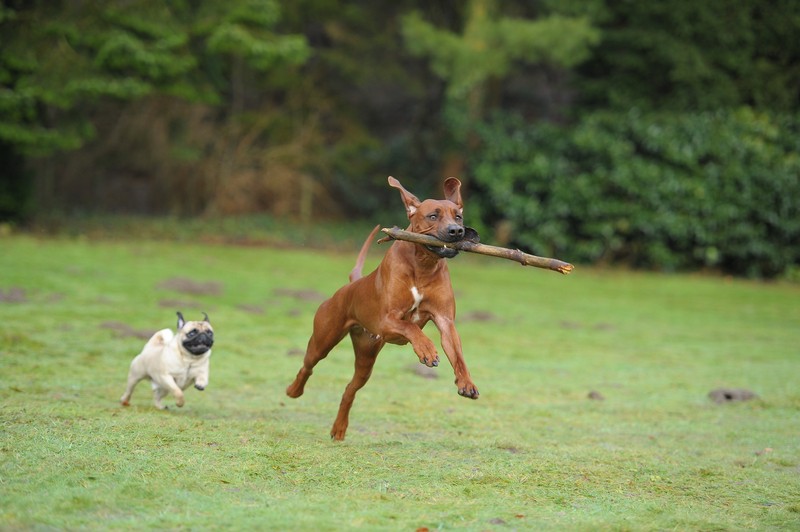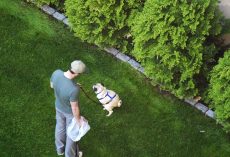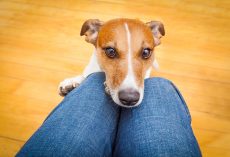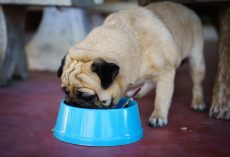Do you have a high or a low rivalry dog? Maybe both? Look at this study:
Dogs that were low in rivalry never or rarely displayed aggressive behavior toward the other dog. Dogs that were high in rivalry displayed some degree of aggression around valuable resources, suggesting they have a more competitive nature. After their owners completed the C-BARQ, the dogs participated in a simple task. A research assistant placed two plates containing food in front of both dogs. One dog was allowed to approach the plates and eat the food from one plate before being walked out of the room. At that point, the second dog was allowed to make a choice. If the second dog followed the first dog, he arrived at an empty plate. If he didn't follow the first dog, he went straight to the plate that still contained food.
Dogs that were low in rivalry were more likely to follow the first dog and frequently ended up at the empty plate. What surprised the researchers was that low rivalry dogs only blindly followed the demonstrator when allowed to make their choice immediately. “Low and high rivalry dogs only differed in the choices they made when there was no delay,” Hoffman says. “When they had to wait 5 seconds before making their choice, all dogs tended to go directly to the full plate.”
It might be interesting to try the test above on your own dogs and see what the results are. This isn’t exactly definitive because no two dog are alike but it is an interesting examination of canine behavior. With further study even more interesting observations will be observed.
To read more on high rivalry dogs and what the study says about them go to Science Daily.









